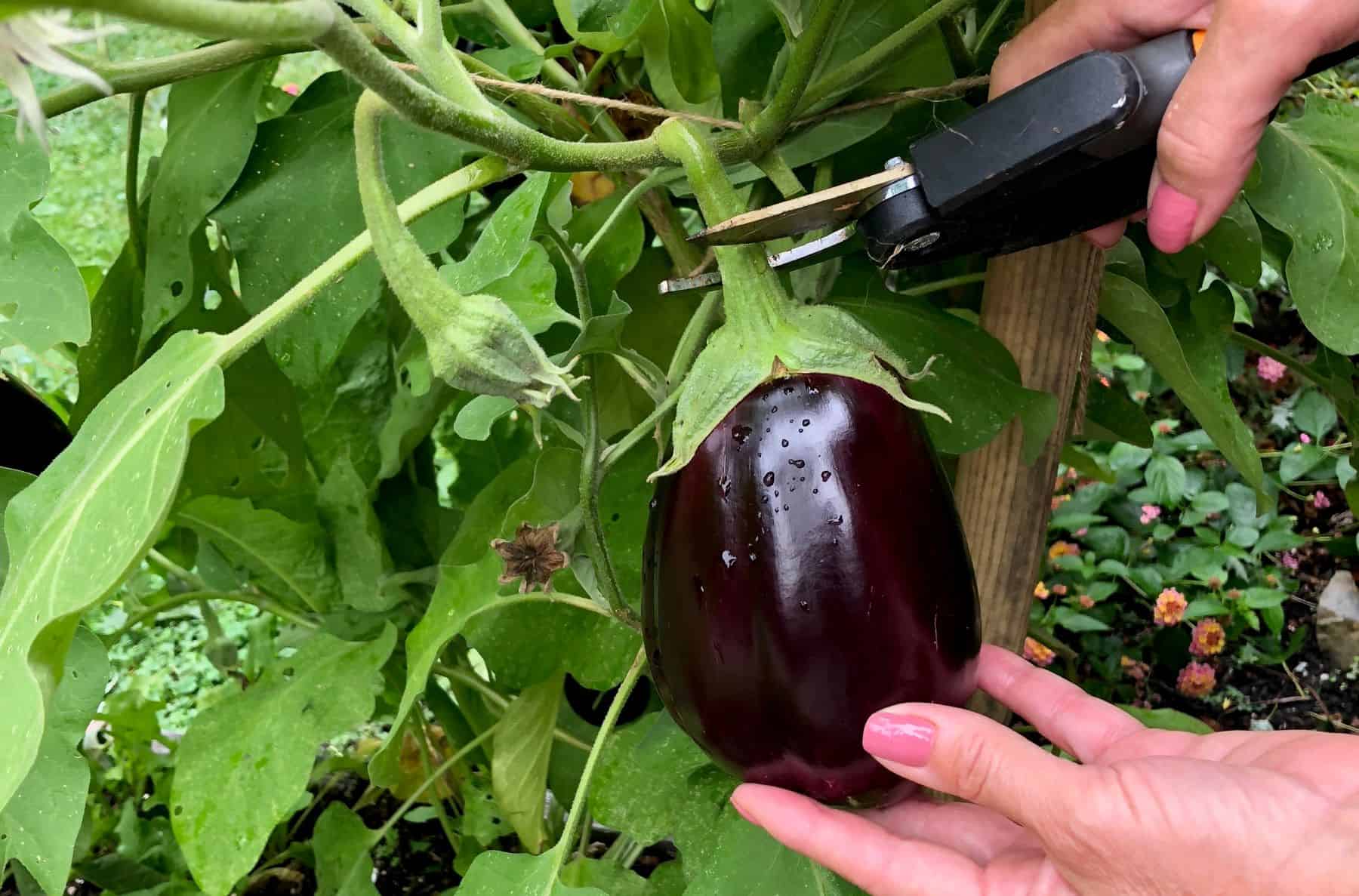
A square foot garden is a relatively new spin on a traditional vegetable garden. A vegetable garden, also called a kitchen garden, is where delicious herbs and vegetables are grown by a family for the family’s daily meals. Typically, the garden is grown in the backyard (sometimes just outside the kitchen door), and it is designed to be both attractive and efficient.
To learn expert tips about how a square foot garden can increase vegetable harvests, I talked to the recognized expert. Steve Bartholomew, Director of the Square Foot Gardening Foundation, was kind enough to share his knowledge about how to create the most efficient and productive vegetable garden.
Best-selling garden book

Mel Bartholomew died in 2016, but the SFG Foundation continues to grow under the direction of Steve and Laura Bartholomew. The foundation now has hundreds of Certified Instructors who teach the principles of SFG in schools, community gardens, workshops and neighborhoods all over the world.
Here is my interview with Steve Bartholomew about the concepts of the square foot garden.
How do you describe “Square Foot Gardening” to someone who has never heard of it?
Square Foot Gardening is a unique and efficient method of gardening that uses a trio of simple steps. First, build a four-foot by four-foot square box. Second, add Mel’s Mix growing medium, which consists of 1/3 coarse grade vermiculite, 1/3 sphagnum peat moss, and 1/3 blended organic compost. Third, add a grid to organize and properly space the plantings.
This method is different than simple raised bed gardening or traditional row gardening because of the way the available garden space is utilized, planned, and planted. One of the keys is using Mel’s Mix, a soil-less, nutrient-rich planting medium that grows the healthiest and tastiest veggies around.
Is a Square Foot Garden more efficient than traditional “row” gardening?
Absolutely. Square Foot Gardening is more efficient and fun, while traditional row gardening methods waste space, energy, water, and plants. In SFG, you grow only what you need and utilize all the space you have, while decreasing weeds, water usage, and labor. A perfect example is that in SFG, veggies can be planted much more closely together, choking out weeds while growing more healthy food for you and your family.
How much more produce can you grow in a Square Foot Garden versus a traditional garden?
We like to say that in a square foot garden you can grow 100% of the harvest in 20% of the space. And you use 10% of the water, 5% of the seeds, 2% of the work, and get 0% of the weeds! It’s truly a time, space, and resource-saving sustainable method. Plus, it is easy and enjoyable for brand new and experienced gardeners alike.
Do you have to divide your garden into 1-foot squares with wood strips—like the pictures on the website? And do you have to use raised beds?
Raised beds (called “boxes” in Square Foot Gardening) are indeed recommended so all different types of vegetables can be planted. Because the of nutrients in Mel’s Mix, the boxes need only be 6 inches deep. The addition of the grids is what really makes — and keeps — a Square Foot Garden organized. The grid is essential to growing the increased amount of food in a smaller footprint.
What kitchen garden vegetables grow best with the SFG method?
All vegetables grow well in a Square Foot Garden! From tomatoes and peppers to herbs, root vegetables, leafy greens, and climbers like cucumbers and pole beans. The key is in the planning and proper spacing. In the All New Square Foot Gardening book (3rd edition), a gardener is walked through every step to plan out their new garden and be well on their way to having the best and healthiest garden they’ve ever had.
Do you have recommendations for organic vs. chemical fertilizers and pest control?
Square Foot Gardening is all about being organic. Because of the nutrient-rich ingredients in Mel’s Mix, no additional fertilizers are needed. Now, if you’re growing some alkaline-loving veggies like celery, cabbage, or peppers, they might appreciate a small handful of ground limestone at planting.
For pest issues, choosing the simplest and mildest organic solution to begin with is the way to go. A nontoxic spray such as Neem Oil is widely available and works wonders to keep those pests at bay.
Square Foot Gardening was published almost 40 years ago. Why do you think it (the book and the method) is still popular?
The popularity of both the book and the method speaks to how simple and effective a Square Foot Garden really is. Garden fads come and go. But people will always return to and continue to do what makes their gardens successful, year after year. And that’s Square Foot Gardening.
With over 2.5 million copies of the book sold, over 500 Certified Instructors trained in the Square Foot Gardening method, and hundreds of thousands of Square Foot Gardeners around the world, this method is time-tested, efficient, effective, and most of all, fun!
What else should people know about Square Foot Gardening if they are growing a vegetable garden?
The ease of a Square Foot Garden close to the house cannot be overstated! It’s a joy to be able to walk outside and enjoy the convenience of snipping some fresh herbs or harvesting healthy veggies for the evening meal. A location near the house ensures that you can more easily keep an eye on the growth and health of your plants.
Where can Home Garden and Homestead readers get more information about SFG?
The Square Foot Gardening Foundation promotes gardening, plant-based living, self-sufficiency, and low-impact food production. Our quarterly newsletter and regular email tips help people learn about the Square Foot Gardening method. For more information visit www.squarefootgardening.org.
Best Vegetable Gardening Books
Here is our round-up of the best gardening books about growing vegetables. Spoiler alert: Square Foot Gardening tops the list.
Home Garden and Homestead is an Amazon Associate. We receive a commission from qualifying purchases when you click on the links or photos below. Thank you for supporting this website!
All New Square Foot Gardening, 3rd Edition
by Mel Bartholomew
An amazing book that literally changed gardening forever. Since the book was first published in 1981, it has sold 2.5 million copies. This new 3rd edition has more than 150 new illustrations and photos that show you step by step how to create your best vegetable garden ever. A must-have book for every vegetable gardener.
The Vegetable Gardener’s Bible, 2nd Edition
by Edward C. Smith
This book provides expert info to inspire gardeners of all skill levels. Follow the advice in this book to grow great tomatoes and peppers. You can also successfully grow new and unusual varieties of vegetables. Quite simply, this book is an encyclopedia of vegetable gardening wisdom.
Square Foot Gardening with Kids
by Mel Bartholomew
Children of all ages can learn valuable lessons from gardening. In this book, Mel Bartholomew shares tips and fun projects that will help kids build and grow their own square foot garden.
Along the way, they will also learn some math, how to conserve water, and how to appreciate the food that nourishes their bodies. A great book for parents, home-schooled kids and teachers.
Food Grown Right, In Your Backyard
by Colin McCrate and Brad Halm
In Food Grown Right, In Your Backyard: A Beginner’s Guide to Growing Crops at Home, authors McCrate and Halm teach beginning gardeners the basic techniques of organic vegetable gardening. The authors are the founders of the Seattle Urban Farm Company, and they know what they’re talking about.
Carrots Love Tomatoes
by Louise Riotte
This is the book to read if you want to know the secrets of companion planting for successful gardening. It helps you learn how to grow specific plants side by side to harness their natural properties to repel insects and get better harvests. One of the top-selling gardening books, year after year. It turns out that carrots really do love tomatoes (so plant them close to each other). And beets DO NOT love radishes (so keep them apart).
If you are a dedicated gardener who would love to grow vegetables and other plants all year long, read Backyard Greenhouses for Every Budget. You just might get inspired to get yourself a greenhouse!


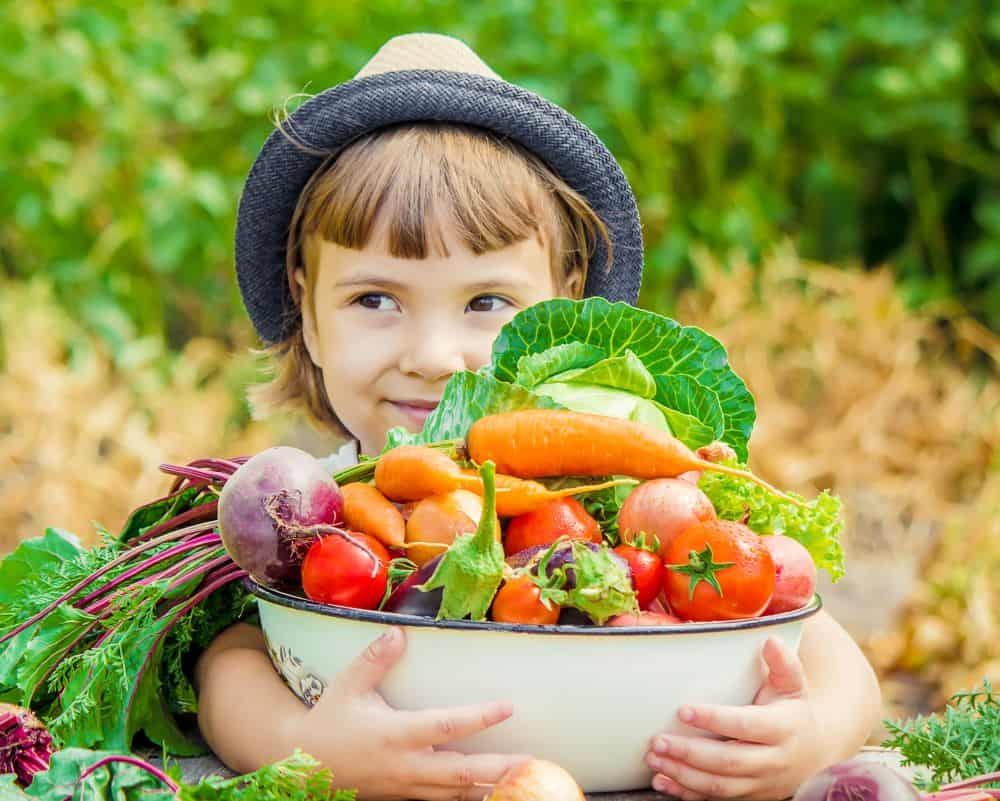
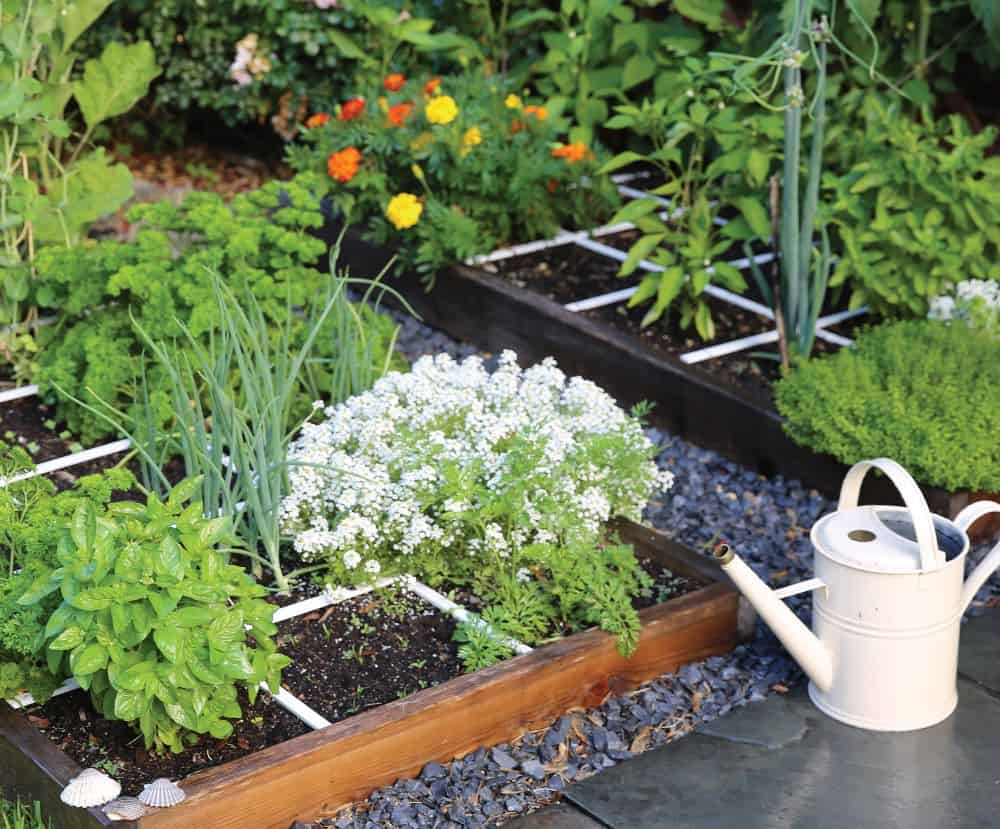

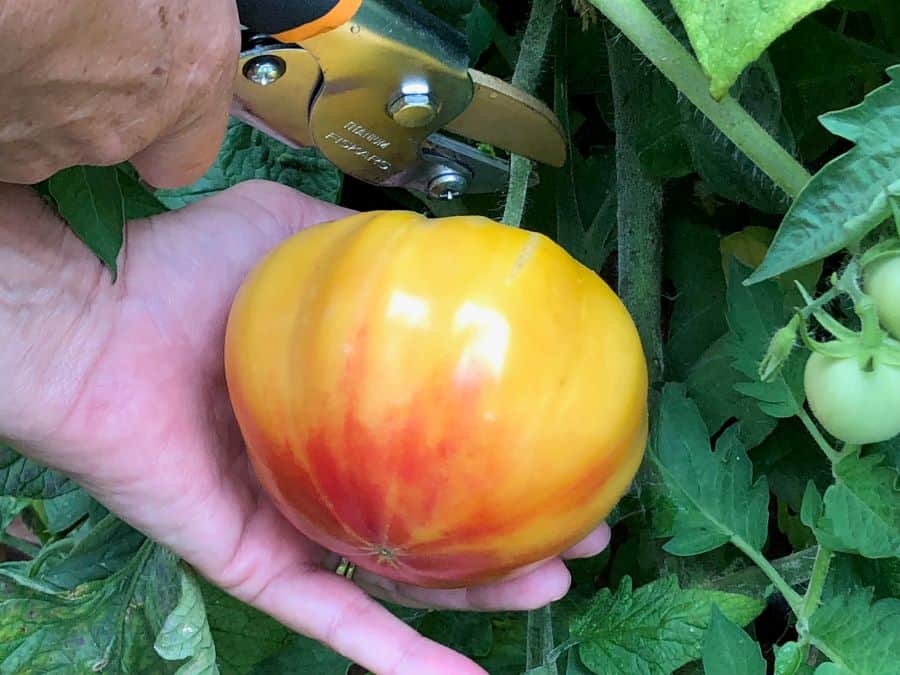
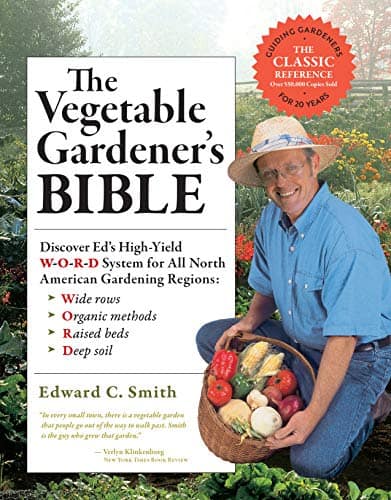
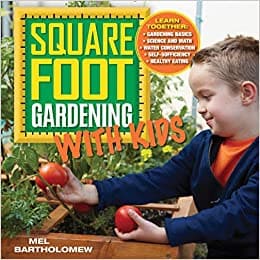

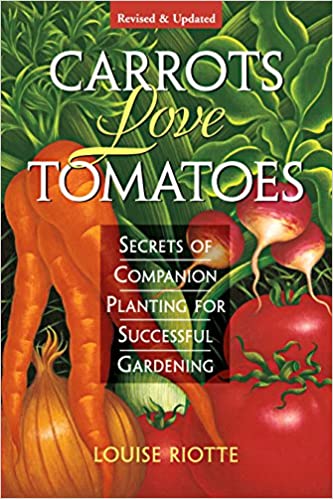

Leave a Reply